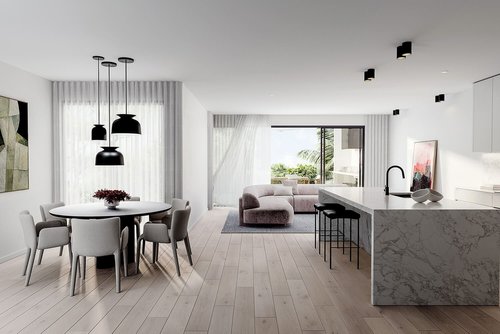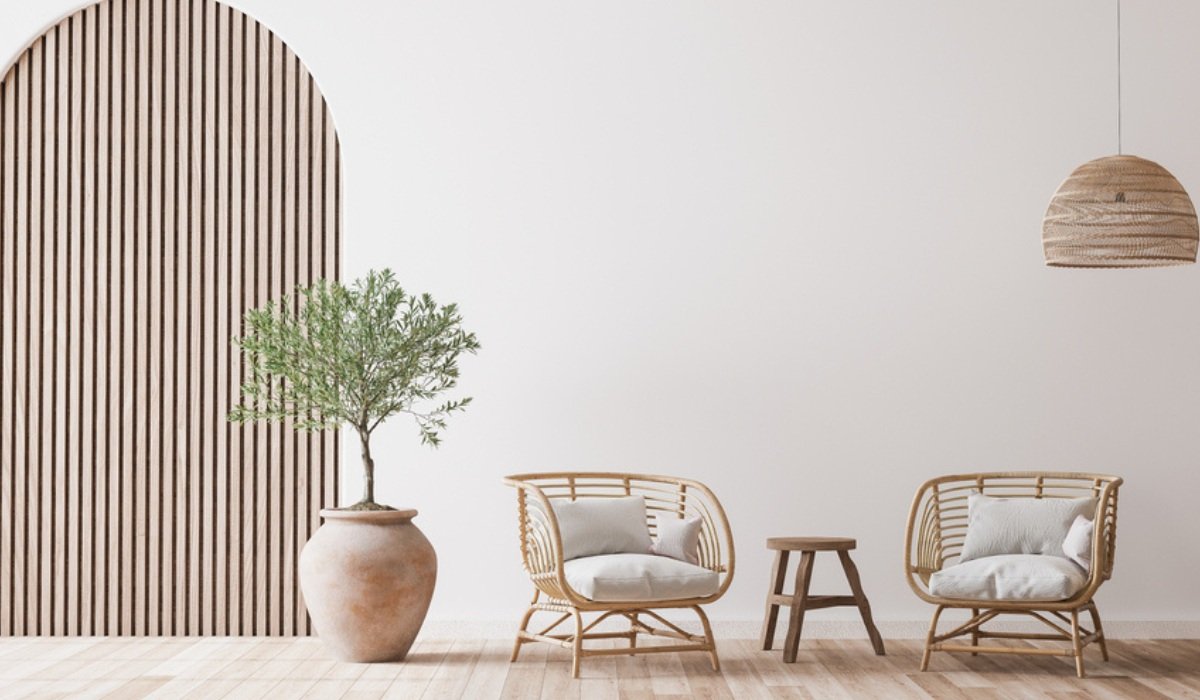Transform Your Area with Professional Interior Design Miami Solutions
Transform Your Area with Professional Interior Design Miami Solutions
Blog Article
Why Understanding the Principles of Interior Layout Is Crucial for Effective Area Planning
Comprehending the principles of indoor design is fundamental to effective area planning, as it lays the groundwork for developing settings that balance capability with visual appeal. Essential components such as flow, equilibrium, and percentage are not merely decorative considerations; they are crucial in enhancing just how an area is utilized.
Importance of Space Planning
Area planning is a fundamental element of interior layout that substantially influences the capability and aesthetics of an area. It entails the strategic plan of furniture, components, and building components to optimize using offered area while boosting the overall individual experience. Effective area preparation addresses different factors, consisting of flow, accessibility, and the specific needs of the occupants.
Among the primary benefits of room preparation is its ability to boost spatial efficiency. Luxury Interior designer Miami. By attentively organizing a design, developers can make certain that every location offers an objective, lowering clutter and promoting a feeling of order. In addition, correct space preparation cultivates a harmonious setting, enabling seamless motion and interaction within an area
Additionally, effective area preparation takes into consideration all-natural light, sightlines, and the relationship between various areas. This all natural method not just raises the aesthetic charm however additionally adds to the wellness and performance of the owners. Inevitably, a well-executed room plan contributes in producing a balanced and inviting environment, making it vital for any kind of indoor style job.
Key Concepts of Interior Style

One essential principle is equilibrium, which can be in proportion, unbalanced, or radial. Symmetrical equilibrium creates a sense of order, while unbalanced balance uses an extra vibrant aesthetic appeal. One more essential principle is percentage and range, ensuring that the dimension of furniture and design elements connect harmoniously per various other and the overall space.
Shade theory additionally plays a substantial duty, influencing state of mind and assumption. Developers make use of shade combinations to stimulate particular sensations and boost the spatial experience. Additionally, the concept of rhythm involves developing a feeling of movement via repetition of patterns, forms, or shades, leading the eye throughout the space.
Last but not least, the concept of focus guides focus to focal factors, enabling a clear story within the design. Interior designer Miami. By sticking to these vital concepts, indoor designers can produce environments that not only meet useful demands however likewise reverberate with the passengers on a psychological level
Effect On Performance and Circulation

The arrangement of furnishings, the selection of materials, and the integration of technology all play vital roles in accomplishing optimum functionality. For example, placing seating locations in distance to workspaces can promote interaction and partnership, consequently enhancing productivity. Additionally, making sure that pathways are unhampered and article clear enables reliable activity, reducing congestion and promoting an all-natural flow throughout the space.
In addition, including elements such as lights and color can better assist in delineating areas, making it much easier for individuals to navigate their atmosphere. Thoughtful room planning takes into consideration not just the physical elements of layout yet also just how customers communicate with their surroundings. Inevitably, a concentrate on performance and flow not only improves the customer experience however additionally elevates the general effectiveness of the room, producing an environment that meets the demands of its residents while cultivating a feeling of consistency and equilibrium.
Enhancing Aesthetics and State Of Mind
Three crucial elements-- lighting, structure, and shade-- play pivotal duties in enhancing the aesthetic appeals and state of mind of an interior area. Shade establishes the emotional tone; cozy shades like reds and oranges evoke energy and warmth, while cooler tones such as blues and environment-friendlies advertise calmness and tranquility. Picking a harmonious color combination can transform a room, producing a cohesive and aesthetically appealing environment.
Appearance includes depth and passion, adding to the responsive experience within a room. A mix of structures-- smooth surfaces, luxurious materials, and natural materials-- can create aesthetic intrigue and boost comfort. Matching a soft velour sofa with a streamlined glass coffee table can produce a well balanced visual that invites interaction.
Lighting, typically a neglected element, significantly impacts state of mind. Natural light fosters an open, airy atmosphere, while strategically put synthetic lights can produce heat and emphasize architectural functions. browse this site Dimmer switches make it possible for flexibility, allowing for adjustments to match numerous activities or times of day.
Integrating these three aspects thoughtfully not just raises the visual charm of a space yet also grows an ambience that resonates with its designated function, inevitably enriching the overall experience for its owners.
Practical Applications in Reality
Using indoor layout concepts in the real world requires a thoughtful method that integrates shade, structure, and illumination right into everyday rooms. By recognizing how these components interact, individuals can produce settings that are not just aesthetically attractive but unified and likewise useful.
For circumstances, in a little living area, employing a light color scheme can make the area feel larger and extra open. Strategic use mirrors can boost natural light and develop an impression of depth. Integrating different structures through fabrics, such as carpets and paddings, can include heat and rate of interest without overwhelming the senses.
Illumination plays a crucial duty in specifying the ambience. Split illumination, containing ambient, job, and accent choices, permits flexibility in state of mind settings. In a home office, for instance, a combination of natural light, desk lights, and ornamental components can increase performance while preserving an inviting setting.
Moreover, recognizing spatial connections and furnishings arrangement can lead to enhanced capability. By adhering to principles such as equilibrium and percentage, one can make certain that areas serve their intended function while remaining cosmetically pleasing. Generally, sensible applications of interior style principles substantially boost the livability and allure of any type of atmosphere.
Conclusion
To conclude, recognizing the principles of interior layout is vital for reliable space preparation, as useful link it promotes an equilibrium between performance and visual appeals. By using vital principles such as percentage, shade concept, and circulation, developers can create environments that enhance both usability and visual appeal. Inevitably, this expertise adds to the growth of spaces that not just fulfill useful demands however likewise boost the overall atmosphere, causing even more satisfying and reliable experiences for customers.
Comprehending the principles of interior design is essential to efficient space planning, as it lays the groundwork for producing atmospheres that integrate capability with aesthetic charm.Area planning is an essential element of interior style that considerably affects the capability and aesthetics of a space. Additionally, appropriate space planning fosters an unified setting, enabling for seamless motion and communication within an area.
Additionally, the principle of rhythm entails producing a sense of movement with repeating of colors, shapes, or patterns, guiding the eye throughout the space.
In conclusion, understanding the principles of indoor design is vital for efficient room planning, as it promotes a balance in between performance and aesthetics.
Report this page